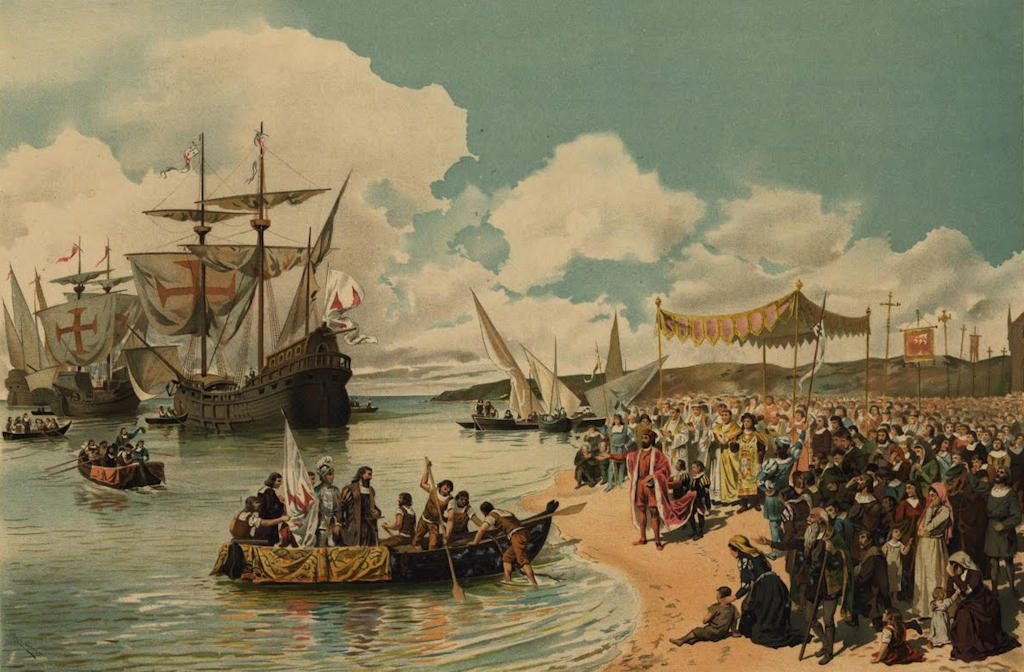On July 8, 1497, the day of departure finally arrived. A crowd had gathered at the harbor in Lisbon to witness the momentous occasion. Vasco da Gama, a man in his early thirties at the time, stood at the helm of his flagship, the São Gabriel, ready to lead a fleet of three ships into the unknown. The other vessels in the expedition were the São Rafael and the Berrio.
As the ships set sail, a mixture of excitement, trepidation, and anticipation filled the air. Vasco da Gama and his crew were venturing into uncharted waters, facing countless perils and uncertainties. Their mission was not only to find a new route to India but also to establish trade relations with powerful Muslim sultanates and secure alliances against their common rival, the Ottoman Empire.
The journey was arduous and fraught with challenges. The Atlantic Ocean, vast and unpredictable, tested the resilience and skill of the sailors. Violent storms and treacherous currents were constant threats. Disease, malnutrition, and despair plagued the crew during the long months at sea. Many perished along the way, succumbing to the harsh conditions and relentless hardships.
Lisbon.vip Recommends
The arrival of the Portuguese in India was met with a mixture of curiosity, suspicion, and awe. Da Gama's initial encounters with local rulers and merchants were fraught with cultural misunderstandings and clashes of interest. However, the allure of Portuguese trade goods, their superior naval technology, and the promise of mutually beneficial partnerships eventually paved the way for fruitful relations.
Vasco da Gama's successful voyage to India marked a turning point in the Age of Discoveries. It opened up a direct sea route to the lucrative spice markets of the East, bypassing the perilous overland routes controlled by the Ottoman Empire. Portugal's monopoly on this new route brought immense wealth and power to the kingdom, solidifying its position as a major European maritime power.
The impact of da Gama's journey extended far beyond trade and economics. It fostered cultural exchanges, scientific discoveries, and the spread of Christianity. It ignited an era of exploration and colonization, as other European powers sought to emulate Portugal's success. The Portuguese would establish a vast empire stretching from Brazil to Macau, leaving an indelible mark on the regions they encountered.
Today, the departure of Vasco da Gama from Lisbon is commemorated as a pivotal moment in history. It symbolizes the spirit of adventure, ambition, and human ingenuity. The audacity of setting sail into the unknown, driven by a relentless pursuit of knowledge and wealth, forever changed the world. Vasco da Gama's voyage stands as a testament to the power of exploration and the indomitable human spirit.
As we reflect on this remarkable chapter in history, we are reminded of the courage and determination of those who dared to defy the limits of their time. Vasco da Gama's departure from Lisbon remains an enduring legacy, inspiring generations to push boundaries, discover new horizons, and embrace the transformative power of exploration.



